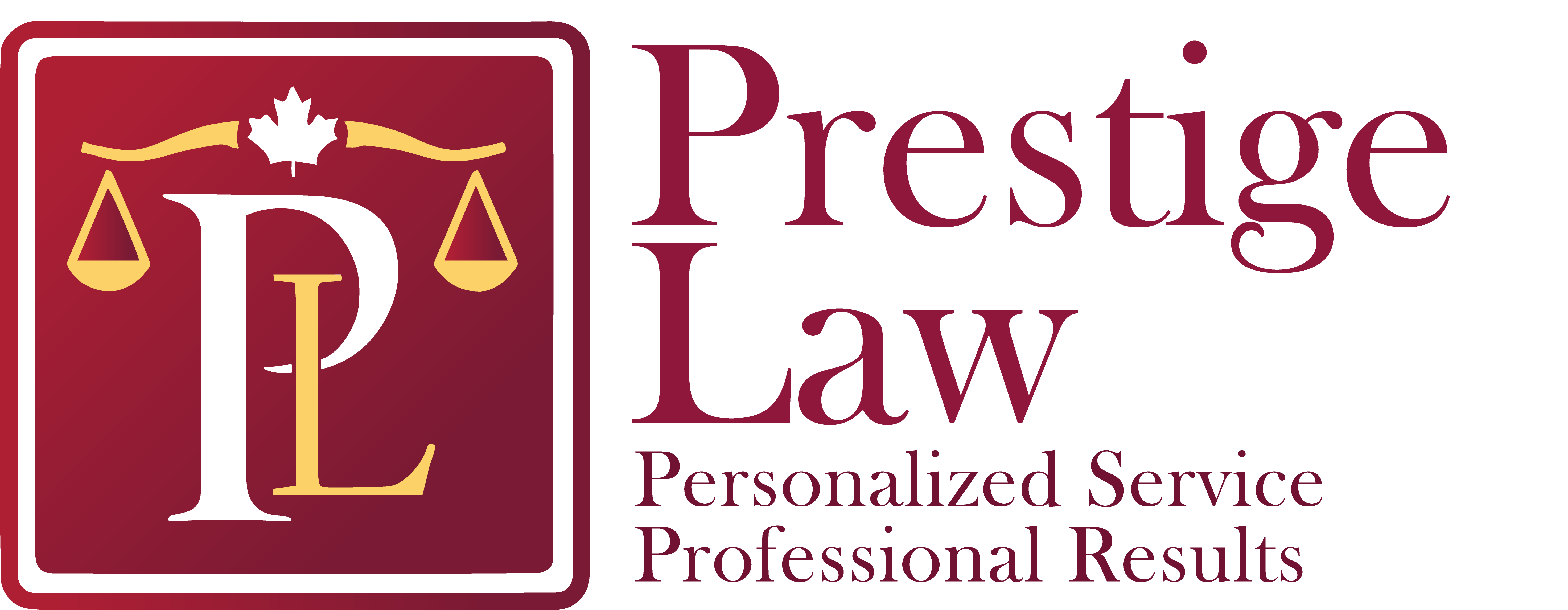Easy Student Loan in Canada: 5 Steps to Get One
Student Loan in Canada
The world of student loans can be daunting, especially for students in Canada looking to finance their education. Understanding the types of student loans available, the role of co-signers, and interest rates can make the process smoother. In this guide, we will outline 5 essential steps to secure an easy student loan in Canada.

Types of Student Loans Available
When it comes to financing your education, there are two main types of student loans available in Canada: government loans and private student loans.
1. Government Student Loans
Government are often the most accessible option. These loans typically have lower interest rates and more favorable repayment terms. In Canada, the Canada Student Loans Program (CSLP) provides financial assistance to students based on their financial needs.
2. Private Student Loans
Private student loans come from banks, credit unions, and other financial institutions. While they may offer higher loan amounts, they often come with higher interest rates and less flexible repayment terms compared to government loans. If you’re considering a private student loan, it’s crucial to compare different lenders to find the best deal.
The Role of Co-signers for Your Loan
If you are a student in Canada with little or no credit history, you may need a co-signer to secure a loan. A co-signer is someone, typically a parent or guardian, who agrees to take responsibility for the loan if you fail to make payments. Having a co-signer can significantly increase your chances of loan approval and may even help you secure a lower interest rate.
Benefits of Having a Co-signer:
- Improved Approval Chances: A co-signer with a strong credit history can boost your chances of getting approved for a loan.
- Lower Interest Rates: Loans with a co-signer often come with reduced interest rates.
- Credit Building: As a student, having a loan in your name can help you build your credit history, especially if your co-signer is responsible for payments.
Understanding Interest Rates
Interest rates on student loans can vary significantly depending on whether you choose a government loan or a private student loan. Government loans generally have fixed interest rates, while private loans may offer variable rates that can change over time.
Key Points About Interest Rates:
- Government Loans: Typically offer lower interest rates, which can be fixed over the life of the loan.
- Private Loans: Interest rates can be higher and may vary based on your credit score and the lender’s policies.
- Repayment Terms: Understanding how interest accumulates during your study period can impact your total repayment amount.



5 Steps to Secure an Easy Student Loan in Canada
Step 1: Assess Your Financial Needs
Begin by evaluating how much money you need for your education. Consider tuition fees, living expenses, and additional costs such as books and supplies. This will help you determine the amount you need to borrow.
Step 2: Explore Government Loan Options
Visit the Government of Canada’s student financial assistance website to learn about available government loans and grants. Completing a Canada Application is usually the first step.
Step 3: Research Private Loan Lenders
If government loans do not cover your expenses, research various private lenders. Compare interest rates, loan terms, and repayment options. Online comparison tools can help you find the best rates available.
Step 4: Find a Co-signer
If you need a co-signer, have a candid discussion with someone who is willing to support you financially. Ensure they understand their responsibilities and that you are committed to repaying the loan.
Step 5: Submit Your Application
Once you’ve chosen your loan type and lender, gather the necessary documents, including proof of income, identification, and educational enrollment. Complete the application process and await the lender’s response. If approved, carefully review the loan agreement before signing.
Securing an easy student loan in Canada involves understanding the types of loans available, the importance of co-signers, and the implications of interest rates. By following these five essential steps, you can navigate the process with confidence and focus on what matters most—your education.







